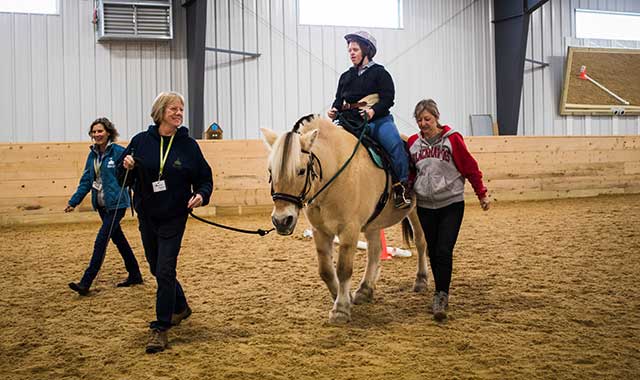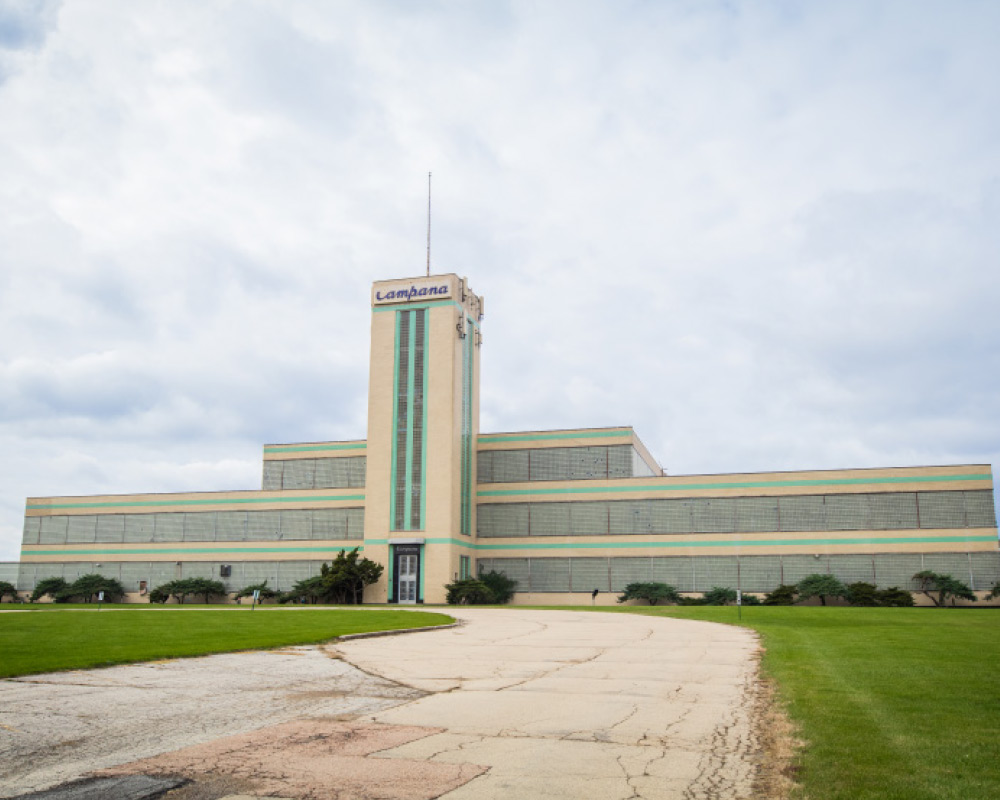Check out these unique destinations that reflect the genuine character of our region.

Batavia Depot Museum
155 Houston St., Batavia, (630) 406-5274, bataviahistoricalsociety.org
What’s now a well-preserved museum was once the city’s primary train station. Opened in 1854, the station sat abandoned a century later, until it was purchased in 1963 by the Batavia Historical Society in partnership with the Batavia Park District.
The building was moved to its current site 10 years later and, through a community-wide effort, was officially re-opened in 1975. It’s now listed on the National Register of Historic Places.
Exhibits at the museum bring visitors back in time and offer a glimpse into the history of railroads, agriculture, banking, and the manufacture of windmills, which at one time played a major part in Batavia’s industrial scene.
A separate room is dedicated to the story of Mary Todd Lincoln, the former First Lady who stayed at a private sanitarium in Batavia in 1875 after a Chicago jury found her to be insane. The bed and dresser from her room are on display.
The depot museum sits along the Batavia Riverwalk and the Fox River Bike Trail with other historical structures including Batavia’s first bank, built in 1856, a turn-of-the-century gazebo, and a railroad caboose built in 1907.
Admission to the museum is free, but donations are appreciated.
Hours: Mon., Wed., Fri.-Sun. 2-5 p.m.

Chief Shabbona Monument
301 W. Cherokee Ave., Shabbona, Ill.
Standing tall outside Indian Creek Elementary School, this monument honors Potawatomi Chief Shabbona and his role as a peacemaker between settlers and native tribes.
Born to the Ottawa tribe in Ohio, Shabbona married the daughter of a Potawatomi chief whom he later succeeded. Shabbona served as the principal chief of the Council of Three Fires, which banded together Ottawa, Potawatomi and Chippewa tribes in the early 1800s.
Chief Shabbona fought alongside the British in the War of 1812 and eventually befriended American settlers moving into what was then known as the Old Northwest Territory. When Winnebago tribes rose up in 1827, Shabbonna alerted settlers across northern Illinois.
A few years later, he raised the alarm again when the Black Hawk War brought more conflicts with tribes and settlers. Shabbona volunteered to lead an attack against Black Hawk’s Sauk and Fox tribes and served as a scout for Illinois militia forces.
Located just outside Indian Creek Elementary School, in the DeKalb County village that bears this chief’s name, stands the stone monument donated by former students that encourages all who visit to learn more about Chief Shabbona and his many contributions to our region’s history and relations between American Indians and settlers.

Glacial Park Conservation Area
6705 Ill. Rt. 31, Ringwood, (815) 678-4532, mccdistrict.org
Distinguished by rolling prairie, delta kames and oak savanna, this conservation area covers 3,349 acres, with more than 490 acres of dedicated nature preserve. Glacial Park is home to 40 state endangered and threatened plant and animal species and is listed among the top areas in the region to observe migratory wetland birds.
In 1875, Peter Wiedrich purchased nearly 560 acres from Samuel Walker, an early settler in the area. His family raised grain and livestock until Wiedrich’s granddaughters sold the family’s remaining acerage to the Conservation District in 1975. The site’s Lost Valley Visitor Center was a private home, a hunt club and a corporate retreat center before the Conservation District bought it from a developer in 2006.
More than 64,000 visitors come each year to enjoy the visitor center, 5 miles of hiking trails and 4.78 miles of horseback riding trails. The meandering Nippersink Creek shoreline also offers fishing opportunities for visiting anglers.
The Lost Valley Visitor Center hosts self-guided exhibits and educational programs. The center additionally offers self-guided family exploration packs and interpretive trail guides that help visitors to get more from their experience on the trails. A Research Field Station provides college interns experience in ecological restoration land management, wildlife surveys, research and more.
Also on site is the Powers-Walker House, an 1850s-era home that now serves as an educational and historical resource for special events and programs, including topics related to this land’s various settlers, from pioneers to more recent residents.
Hours: Daily, sunrise to sunset.






















































